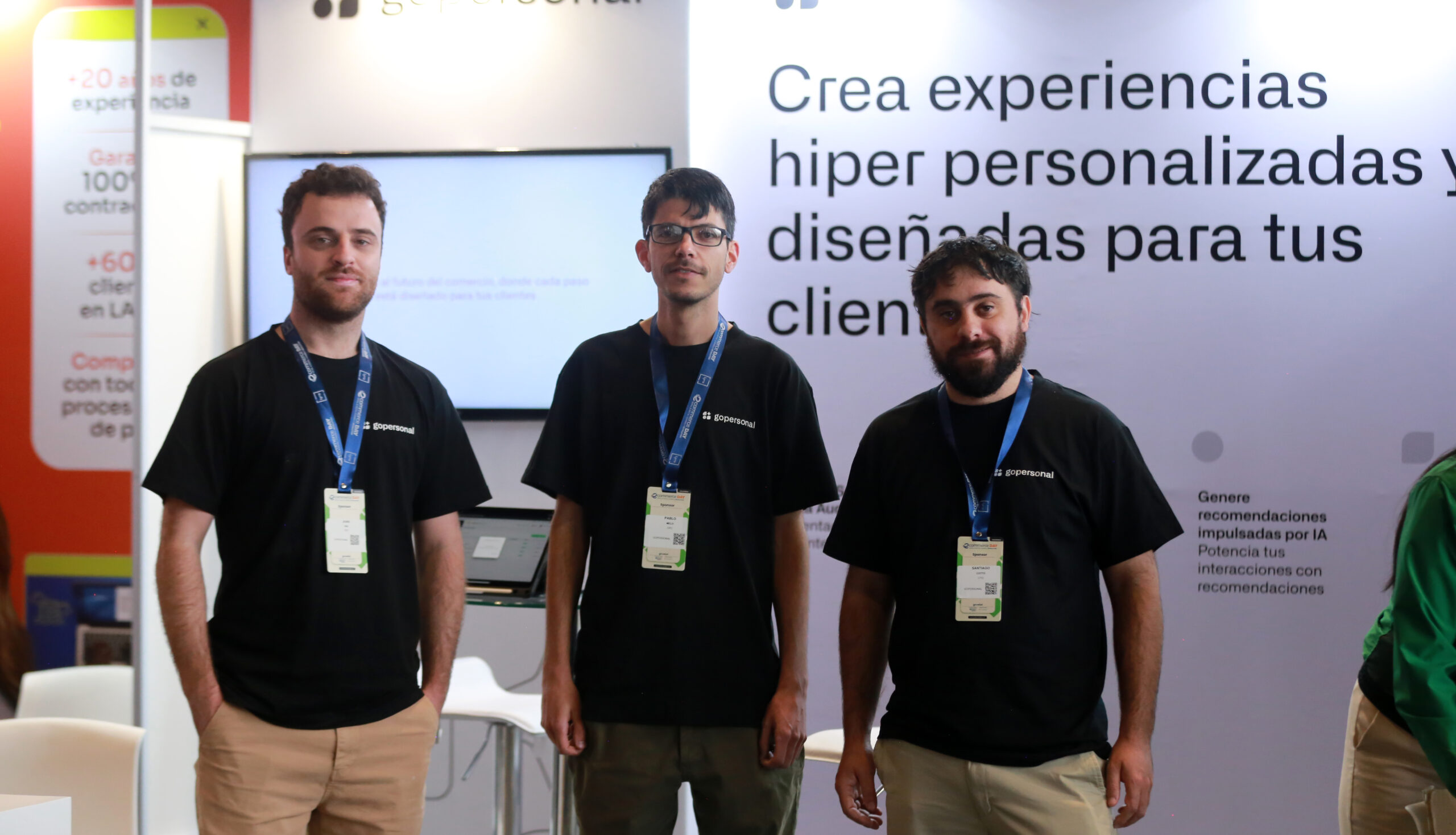Customer Safari is a research technique that helps businesses gain insights into the customer experience by observing their behavior in real-life situations. It involves going out into the field and observing customers as they interact with products or services, taking note of their emotions, actions, and feedback. The goal is to gain a deeper understanding of the customer's needs, preferences, and pain points, which can be used to improve the product or service and create a more satisfying customer experience.
To conduct a successful Customer Safari, it is important to have a clear objective and plan in place. This includes defining the target audience, selecting the right location, and creating a list of specific behaviors to observe. It is also important to have a team of trained observers who can accurately record and analyze the data collected during the Safari.
By conducting a Customer Safari, businesses can gain valuable insights into the customer experience that they may not have been able to obtain through traditional market research methods. These insights can be used to improve the product or service, create more effective marketing campaigns, and ultimately increase customer satisfaction and loyalty.
1-Understanding the Customer Safari
1.1 What is a Customer Safari?
A Customer Safari is a research technique used by businesses to gain insights into their customers' experiences with their products or services. It involves observing and analyzing customer behavior and interactions with the company's offerings. The goal of a Customer Safari is to identify pain points and areas where the company can improve the customer experience. During a Customer Safari, the research team may visit physical locations where customers interact with the product or service, such as a retail store or website. They may also conduct interviews or surveys with customers to gather feedback on their experience. The team may use various tools, such as cameras or audio recorders, to capture data and analyze it later.
1.2 Why is a Customer Safari important?
A Customer Safari is important because it provides valuable insights into the customer experience. By observing and analyzing customer behavior, businesses can identify areas where their product or service is falling short and make improvements. This can lead to increased customer satisfaction and loyalty, as well as higher sales and revenue. Additionally, a Customer Safari can help businesses stay competitive by keeping up with changing customer needs and preferences. By understanding the customer journey, businesses can make informed decisions about product development, marketing, and customer service. In summary, a Customer Safari is an effective way for businesses to gain insights into the customer experience and identify areas for improvement. By conducting research and analyzing customer behavior, businesses can improve customer satisfaction and loyalty, as well as stay competitive in their industry.
2-Preparing for the Customer Safari
Before embarking on a Customer Safari, it is important to prepare thoroughly to ensure that the Safari is insightful and productive. This involves identifying the purpose of the Safari, determining the target audience, creating a plan and timeline, and gathering necessary materials.
2.1 Identifying the Purpose of the Safari
The first step in preparing for a Customer Safari is to identify its purpose. This involves defining the goals and objectives of the Safari, and determining what insights and information are required to achieve them. For example, the purpose of the Safari may be to gain a better understanding of the customer's needs, preferences, and pain points, or to identify opportunities for innovation and improvement.
2.2 Determining the Target Audience
Once the purpose of the Safari has been defined, the next step is to determine the target audience. This involves identifying the specific customers or user groups that are the focus of the Safari, and understanding their needs, behaviors, and preferences. For example, if the Safari is focused on improving the user experience of a mobile app, the target audience may be users who have recently downloaded the app or who have used it frequently in the past.
2.3 Creating a Plan and Timeline
With the purpose and target audience of the Safari defined, the next step is to create a plan and timeline for conducting the Safari. This involves determining the research methods and techniques that will be used, such as interviews, surveys, or observations, and scheduling these activities in a logical sequence. For example, interviews with customers may be conducted first to gain initial insights, followed by surveys to validate these insights and gather more detailed information.
It is important to allocate sufficient time for each activity and to build in contingency time to address unexpected challenges or delays. It may also be helpful to assign specific roles and responsibilities to team members to ensure that everyone is clear on their tasks and deadlines.
2.4 Gathering Necessary Materials
The final step in preparing for a Customer Safari is to gather the necessary materials. This may include research tools and equipment, such as cameras, audio recorders, or survey software, as well as any relevant documents or data, such as customer feedback or usage analytics. It is important to ensure that all materials are organized and easily accessible during the Safari, and that any necessary permissions or approvals have been obtained in advance.
3-Conducting the Customer Safari
Once the team has set clear objectives and defined the documentation process and deliverables, it's time to conduct the customer safari. This section covers the steps involved in conducting a customer safari.
3.1 Choosing the Right Method of Observation
Observation is the key to conducting an insightful customer safari. There are several methods of observation, and the team needs to choose the right method based on the objectives of the safari. Some methods of observation include:
- Direct observation: This involves observing customers in real-time, either in-person or remotely.
- Indirect observation: This involves observing customer behavior through data and analytics, such as website analytics or customer feedback.
- Participatory observation: This involves the team participating in the customer's experience, such as joining the customer on a shopping trip.
3.2 Observing Customer Behavior
Once the team has chosen the method of observation, it's time to observe customer behavior. During the observation, the team should pay attention to the following:
- Customer actions: What actions are customers taking? Are they browsing, purchasing, or leaving the store?
- Customer emotions: What emotions are customers displaying? Are they happy, frustrated, or confused?
- Customer needs: What needs are customers expressing? Are they looking for a specific product or service?
- Customer pain points: What pain points are customers experiencing? Are they having trouble finding what they need, or is the checkout process difficult?
3.3 Recording Observations and Insights
During the observation, the team should record their observations and insights. This can be done through notes, photos, videos, or audio recordings. The team should also take note of any patterns or trends they observe, as well as any insights or ideas that come up during the observation. These insights and ideas can be used to inform the team's next steps, such as prototyping or design iterations.
4-Analyzing the Insights
After conducting a customer safari, the next step is to analyze the insights gathered. This involves organizing and categorizing observations, identifying patterns and trends, and drawing conclusions and insights.
4.1 Organizing and Categorizing Observations
The first step in analyzing insights is to organize and categorize the observations made during the customer safari. This can be done by creating a table or spreadsheet that lists the observations under different categories. For example, observations related to customer behavior can be categorized separately from observations related to customer preferences or pain points.
Creating categories helps to identify common themes and patterns that emerge from the observations, making it easier to draw insights later on.
4.2 Identifying Patterns and Trends
Once observations have been organized into categories, the next step is to identify patterns and trends. This involves looking for similarities and differences between observations and grouping them accordingly.
For instance, if several customers expressed frustration with the checkout process, this can be grouped under a category called "checkout issues". By doing this, it becomes easier to see how many customers are experiencing similar issues and what the root cause of these issues might be.
4.3 Drawing Conclusions and Insights
The final step in analyzing insights is to draw conclusions and insights based on the patterns and trends identified. This involves looking for underlying causes of the observations and making recommendations for how to improve the customer experience.
For example, if several customers expressed frustration with the checkout process, the underlying cause might be a confusing user interface. Based on this insight, the company can make changes to the checkout process to make it more user-friendly and reduce customer frustration.
Overall, analyzing insights gathered from a customer safari requires careful observation and categorization, as well as an ability to identify patterns and trends. By drawing conclusions and insights based on these observations, companies can make informed decisions that improve the customer experience.












